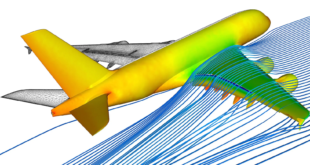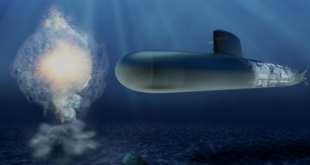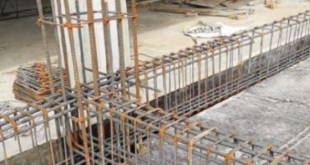In this tutorial, Simulation of Stud Connected Steel-Concrete Composite Girders Subjected to four-point bending in Abaqus has been studied. The performance of steel-concrete composite (SCC) girders for static and dynamic loads depends significantly on the force transfer mechanism at the interface between steel beam and concrete. Stud connected SCC girders consist of an effective mechanism to resist the shear force at the interface between the concrete slab and steel beam. Stud connectors significantly increase the shear resistance of interface and hence assist in increasing the load-carrying capacity of the SCC girder through dowel action. The ultra-high-performance-concrete part is modeled as a three-dimensional solid part. The steel beam and stud are modeled as three-dimensional solid parts. To consider force body and boundary parts, for shell rigid bodies are crated. You can see figures of the assembled parts below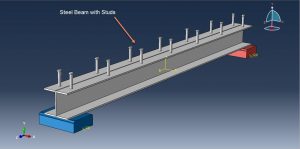
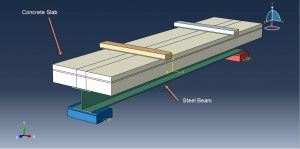
To model concrete material, UHPC material is used. The CDP damaged plasticity is considered for it to use compression and tension stress separately. The data for the UHPC are extracted from the reference paper. The steel material with elastic-plastic behavior coupled with ductile damage criterion to consider damage and failure is used for the steel beam and studs. The static and dynamic solver can be used for this type of simulation. The static simulation needs plenty of time, so the dynamic explicit is a better way to overcome this issue. The dynamic explicit step with a smooth step amplitude for the load is similar to quasi-static simulation. The perfect or ideal contact is considered for the contact among studs and the UHPC part. The surface to surface contact algorithm with contact property is applied to the other contacts in the contact domain. The fixed boundary condition is assigned to the two bottom rigid bodies and displacement with a smooth step to the tow top rigid bodies. The should be fine and all parts need some partitions to have a better mesh
After the simulation, all results such as stress, strain, damage, force-displacement diagram, and … are achievable. You can see some figures for the results below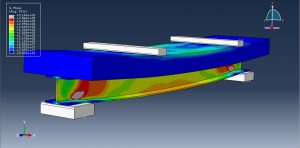
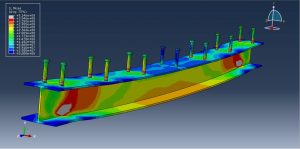
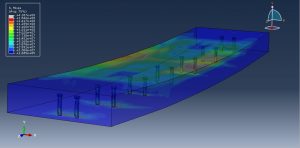
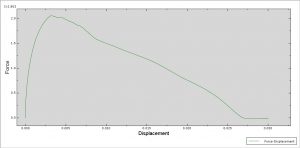
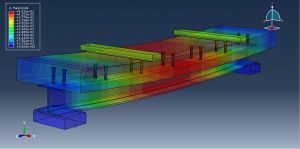
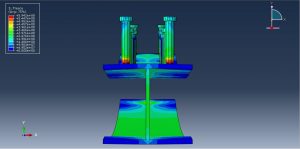
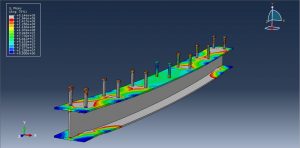
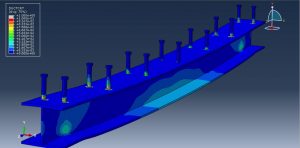
You can provide CAE ,INP,and English video files of this simulation here. The cost of these files is Twenty-Six Euros. you can click on the bellow bottom to beginning process
You can purchase the tutorial through a PayPal account, a Visa, or a Master card, just before payment,send me an email to this address: karampourp@gmail.com
 تمامی مطالب این سایت محفوظ بوده و هر گونه کپی برداری از مطالب این سایت پیگرد قانونی دارد.
تمامی مطالب این سایت محفوظ بوده و هر گونه کپی برداری از مطالب این سایت پیگرد قانونی دارد.
 Abaqus tutorials Abaqus tutorials
Abaqus tutorials Abaqus tutorials
